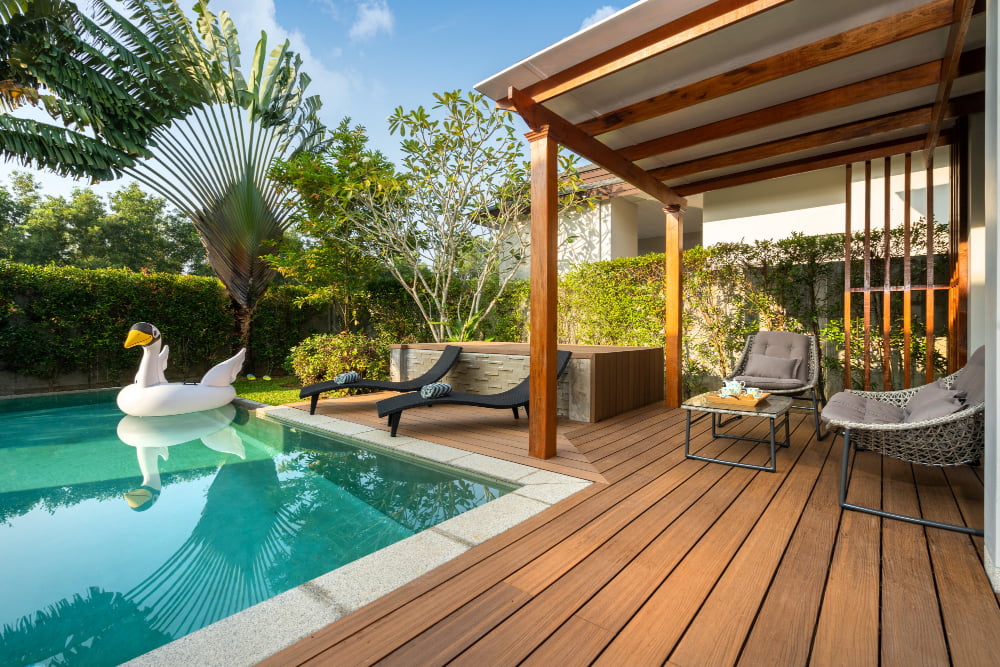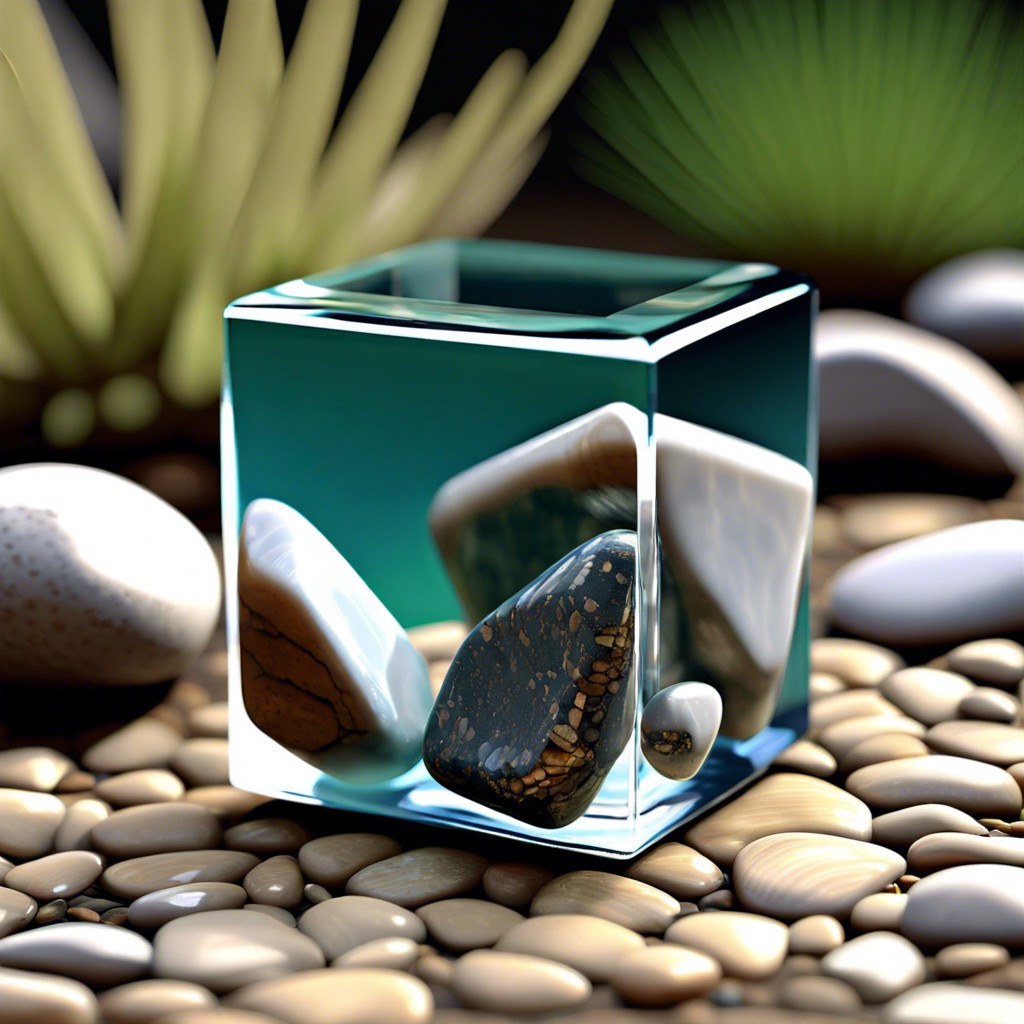You can incorporate a patio or outdoor seating area into your landscaping design by adding furniture, such as chairs and tables, and designing pathways to access the area.
When it comes to landscaping design, adding an outdoor seating area or patio can be a great way to create a relaxing and inviting space. Whether you’re looking for a place to entertain guests or simply enjoy the outdoors in your own backyard, incorporating a patio or outdoor seating area (enclosed with windows as suggested by WindowDigest) into your landscaping design can be an excellent choice.
In this blog post, we’ll discuss some of the best ways to incorporate these features into your landscape and how you can make the most of them.
Planning the Space

Before beginning, you should measure the available space and determine how much room you have to work with. Consider what type of furniture and accessories you would like to include in the area, such as chairs, tables, fire pits, grills, etc., and make sure that there is enough room for them all.
Think about how much sun exposure the area will get throughout the day so that you can plan accordingly. If possible, try to create a sense of privacy by using plants or other structures to block out any unwanted views from neighbors or passersby.
Consider any drainage issues that may arise due to rainwater runoff and plan accordingly so that your patio remains dry during wet weather conditions.
Choosing Materials

The material you choose should be durable, weather-resistant, and aesthetically pleasing. Popular options include concrete, brick, stone, wood, and composite materials such as Trex decking.
Each material has its own advantages and disadvantages that should be considered when making your decision. For example, concrete is very durable but can become slippery when wet; whereas wood may require more maintenance but adds warmth to the space.
Consider how much sunlight the area will receive so you can select a material that won’t fade or warp over time due to exposure to UV rays. Ultimately it’s important to pick a material that fits both your budget and style preferences while also being able to withstand the elements of nature in your particular climate zone.
Deciding On Furniture

Furniture should be chosen based on the size of the space, desired aesthetic, and budget. It is also important to consider how much maintenance will be required for each piece of furniture.
For example, wooden chairs may require more upkeep than metal or plastic chairs. If you plan to use cushions or pillows with your furniture, make sure they are weather-resistant and durable enough for outdoor use.
Think about how many people you want to accommodate in your seating area when selecting furniture; this will help determine what type of pieces you need and how many of them you should purchase.
Incorporating Plants and Trees

Plants and trees can provide shade, privacy, and visual interest to the area. They also help to soften hard surfaces like concrete or stone patios.
When selecting plants for your patio or outdoor seating area, consider their size at maturity as well as how much sun they need in order to thrive. Think about how you want the plants to look when they are fully grown—do you want them tall and bushy for privacy? Or do you prefer something more delicate with smaller leaves? Once you have chosen the right plants for your space, make sure that they are planted correctly so that they will be healthy and long-lasting.
Don’t forget about maintenance! Regular pruning of shrubs and trees will keep them looking neat while also helping them stay healthy over time.
Lighting Considerations

Proper lighting can help create a comfortable and inviting atmosphere, while also providing safety and security. When planning the lighting for your patio or outdoor seating area, you should consider both ambient and task lighting.
Ambient lighting provides overall illumination to the space, while task lighting focuses on specific areas such as pathways or steps. You may also want to consider accent lights that highlight certain features of your landscape design such as trees, shrubs, or water features.
Solar-powered lights are becoming increasingly popular due to their energy efficiency and cost savings over traditional electric lights. Be sure to check with local regulations regarding any restrictions on outdoor lighting in your area before making any purchases or installations.
Budgeting for the Project

It is essential to determine how much money you are willing to spend on the project before beginning. This will help ensure that you stay within your budget and don’t overspend.
It can help you plan out what materials and features you want to include in the design. When budgeting, consider factors such as the size of the space, type of material used for construction, labor costs, and any additional features such as lighting or furniture that may be needed.
Once these items have been taken into account, it will be easier to create a realistic budget for your project.




